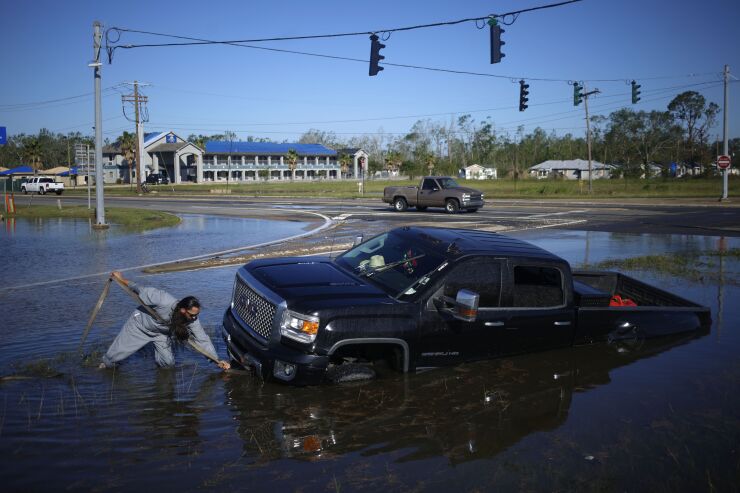Nearly 20 years after the devastation of Hurricane Katrina, New Orleans' population and economy have only partially recovered, according to a
"Hurricane Katrina changed the insurance industry forever - not just because of the scale of losses, but because it exposed just how vulnerable some of our communities are. Two decades on, we've made real progress in mitigating risk in the region following lessons learned that highlighted the need for stronger levees, better building codes and smarter land use," said Mohit Pande, chief property underwriting officer at Swiss Re. "Efforts like these should be applauded, but they must accelerate to continue to build our resilience to extreme weather events. If we want to keep disaster risks insurable in a changing world, we need to invest in mitigation before the storm, not just recovery after."
In 2005, Katrina caused total economic losses of over $225 billion in 2024 prices and $105 billion in insured losses. As significant improvements in overall climate resilience and underwriting reform, Swiss Re estimates that insured losses from an event of the same magnitude as Katrina would cost nearly $100 billion if it were to occur today, citing New Orleans' new flood defense systems, new building codes, population decline and subsequent lowered insurance exposures as the main factors for the drop in total insured loss. Rising inflation in housing and auto costs have offset the resilience gains, according to the report.
The Swiss Re report emphasizes the significance of adaptability to increase resilience, reduce exposures and decrease insurance costs. Hurricanes represent a major risk to the insurance and reinsurance industries, accounting for 39% of insured losses over the past decade and 37% over the last 40 years. After Hurricane Katrina, New Orleans rebuilt new flood defenses, such as new levees and floodwalls, funded by over $14 billion from the U.S. government, and implemented new building codes to enhance their infrastructure resilience against wind damage.






